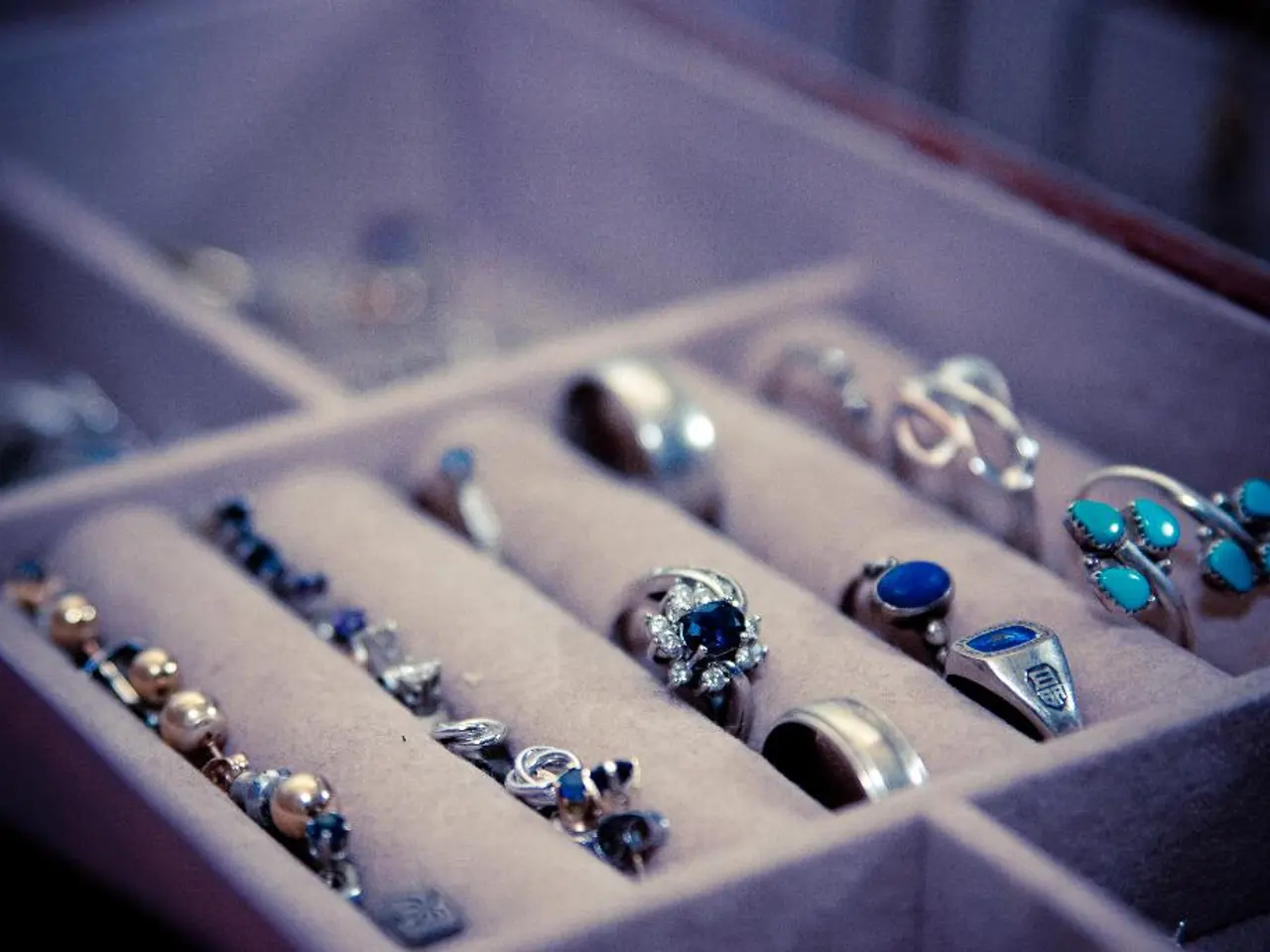Vaginal Ring: A Popular, Highly Effective Birth Control Option
A vaginal ring, a small, flexible device inserted into the vagina, is a popular method of hormonal contraception. It offers high effectiveness and ease of use, but also comes with potential drawbacks and specific usage instructions.
The ring, about 2 inches around, releases synthetic estrogen and progestin, absorbed into the bloodstream. It thickens cervical mucus and prevents ovaries from releasing eggs, thus blocking fertilisation. It is inserted and removed on the same day of the week, with a new ring inserted one week after removal. If the ring falls out for more than 3 hours, an additional method of birth control should be used for 7 days.
Three vaginal rings are currently FDA approved: NuvaRing, Annovera, and Eluryng, manufactured by Amneal Pharmaceuticals LLC. The ring is a prescription-only method, offering a low-maintenance approach to contraception. However, it does not protect against STIs and may cause side effects similar to hormonal birth control pills, including vaginal irritation.
The vaginal ring is a highly effective and convenient form of birth control, with pros such as high effectiveness and ease of use. However, it requires careful usage, including regular insertion and removal, and may come with potential cons like no STI protection and side effects. It is essential to consult a healthcare provider for personalised advice.
Read also:
- Trump's SNAP reductions and New York City Council's grocery delivery legislation: Problems for city residents highlighted
- Reducing dental expenses for elderlies in Sweden: Over 50% cut in charges for pensioners by the government
- Forty-year-old diet: A list of meal choices to savor
- Exiled Life's Conundrum: A Blend of Liberation, Disillusionment, and Distress





